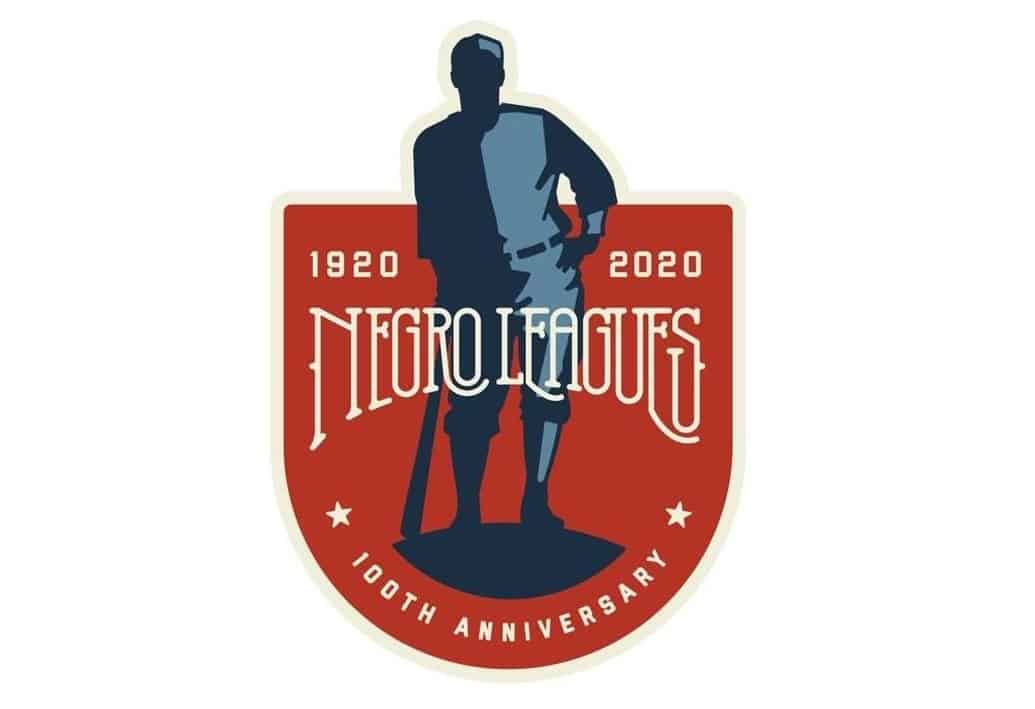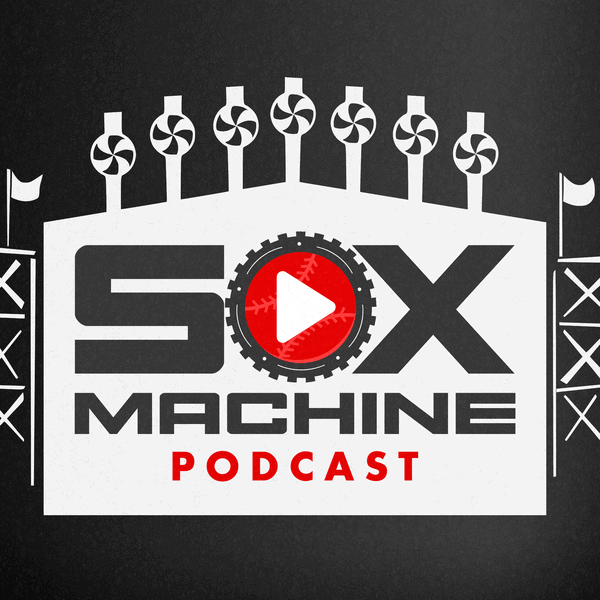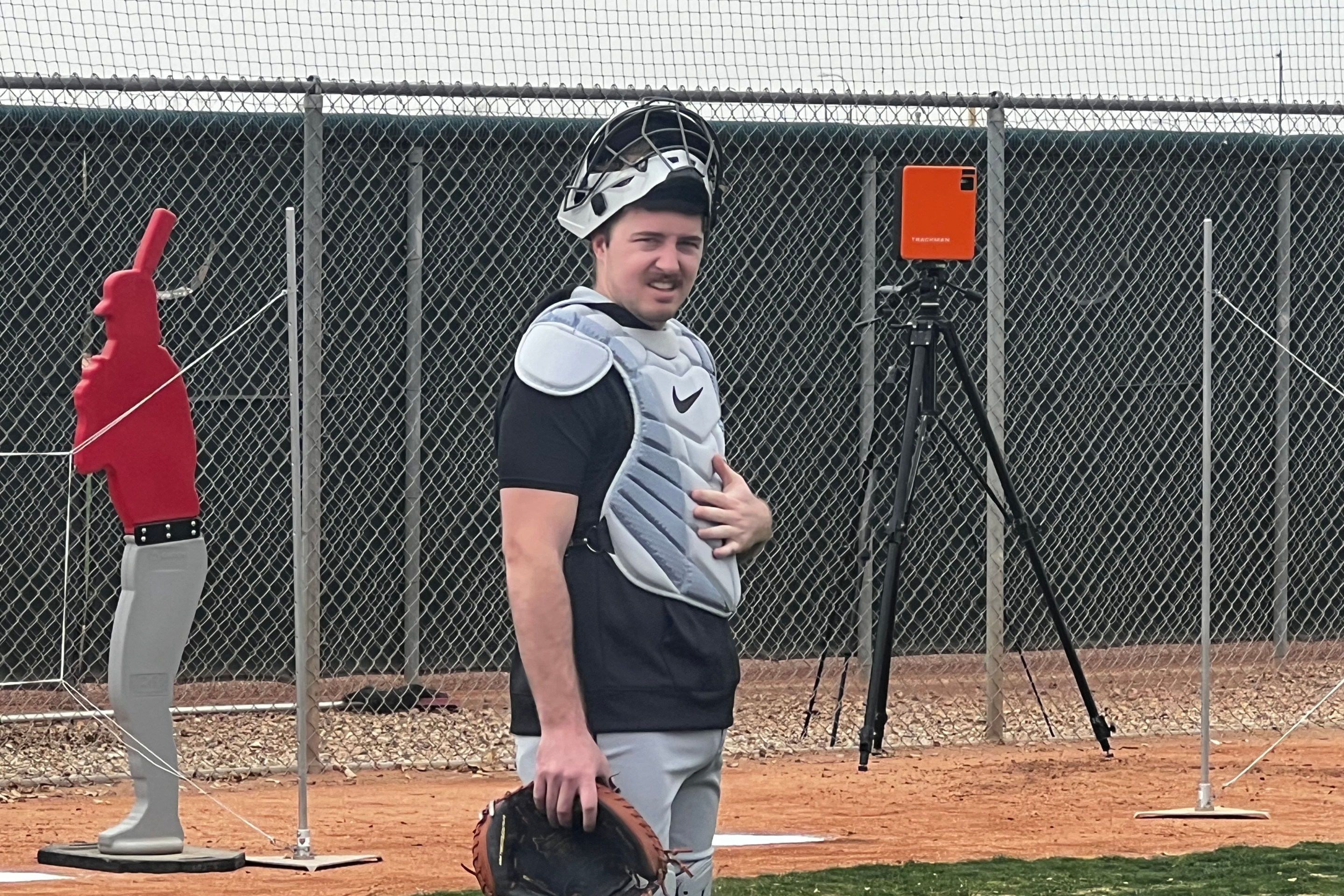There aren't many benefits that arose specifically from the pandemic-shortened MLB season, but one of them is fully realized today.
The Ringer followed up on its report from August, breaking the news that Major League Baseball is recognizing the Negro Leagues as a major league on par with the National and American Leagues, as well as the American Association (1882-91), Union Association (1884), Players' League (1890) and Federal League (1914-15).
The designation covers the Negro Leagues from 1920 through 1948, covering the time after Rube Foster established the most enduring association of Negro League teams to shortly after Jackie Robinson broke the color barrier.
In setting the cutoffs at 1920 and 1948, MLB is following the leads of the researchers at Seamheads and the authors of The Negro Leagues Were Major Leagues, who settled on the same period. “There was no enduring league prior to 1920,” [MLB official historian John] Thorn says. And although some historians have made the case for fixing the end date at 1950 or 1951, integration and the resulting raiding of Negro Leagues rosters by AL and NL clubs quickly took a toll on the Negro Leagues’ talent levels and financial viability after Jackie Robinson signed with the Dodgers prior to the 1946 season and debuted in the big leagues in 1947. 1948 also marks the last year in which the Negro World Series was played, as well as the final year of operation for the second Negro National League. “It seems to us [that] to extend the end date into the ’50s when there was very little league structure and a lot of barnstorming and a lot of clubs coming and going would make the results more amorphous,” Thorn says.
When I first looked at this concept in August, what jumped out to me was its potential impact on Minnie Miñoso's Hall of Fame candidacy. In his previous attempts to gain entry into Cooperstown, voters were urged to consider only his Negro Leagues work in the special election of 2006, and exclusively his MLB career in other veterans committees. His pre-integration career only lasted three seasons, while his MLB career didn't start in earnest until he was 25 or so.
Treating Miñoso's time with the New York Cubans as the same as his time with the White Sox and Cleveland makes his career nearly whole. Most notably, he now joins the 2,000 hit club by adding his 79 from 1946 through 1948 to the 1,963 hits he accumulated in the American League.
This shift in designation doesn't completely patch up the start to Miñoso's career. Negro League seasons were about half as long as their MLB counterparts, so the lack of games made it hard for him to get started on his counting stats. He also played just nine major-league games in 1949 and zero in 1950 during his transition into integrated ball. He finally arrived in MLB for good in 1951, when he should've won the Rookie of the Year award over the Yankees' Gil McDougal. Ideally, Miñoso wouldn't have encountered that jarring shift, because ideally Chicago baseball would have been desegregated before 1951. Elevating and equating the pre-integration records only can solve so much of the issues posed by the environment, but it's literally the best that can be done, and he and his colleagues deserve at least that much.
While this recategorization of the Negro Leagues probably would have happened at some point, the combination of the centennial of the Negro National League and an official season of only 60 games made it easier to grasp. The result is the best news Rob Manfred has delivered in quite some time.
Addressing what MLB described as a “long overdue recognition,” Commissioner Rob Manfred on Wednesday bestowed Major League status upon seven professional Negro Leagues that operated between 1920 and 1948. The decision means that the approximately 3,400 players of the Negro Leagues during this time period are officially considered Major Leaguers, with their stats and records becoming a part of Major League history.
“All of us who love baseball have long known that the Negro Leagues produced many of our game’s best players, innovations and triumphs against a backdrop of injustice,” Manfred said in a statement. “We are now grateful to count the players of the Negro Leagues where they belong: as Major Leaguers within the official historical record.”
As always, consider a donation to the Negro Leagues Baseball Museum.






